The main cause of nail fungus is infection-the penetration of pathogens into the nail plate. Therefore, in order to overcome the disease, doctors prescribe various treatments for the fungus on the feet. Currently in the pharmacy chain, they appear in many forms-tablets, sprays, varnishes and ointments. Due to the timely and complex effects, this disease can be dealt with in a short period of time.
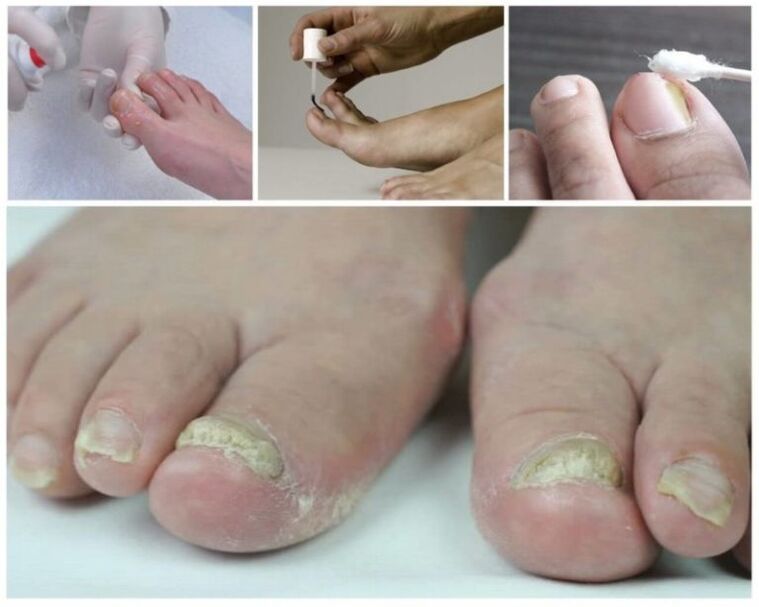
Types of nail fungus drugs
Directly dependent on the clinical features of fungal infections and the prevalence of the disease, experts will recommend the best treatment options.
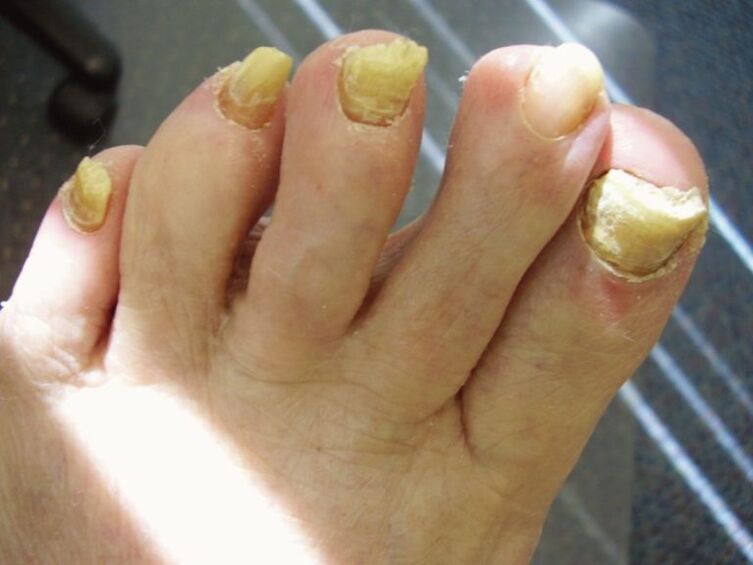
For onychomycosis, the drug is selected from the following types:
- Has a bactericidal effect-effectively inhibit the activity of most fungal subclasses.
- The approach from the allylamine subgroup is effective against mold and yeast microorganisms.
- The morpholine-based formulation inhibits the viability of fungi due to the destruction of its membrane structure.
- Other medicines: based on undecylenic acid, essential oils and herbal ingredients.
When choosing a specific antifungal agent, the doctor must consider its price, because the treatment takes a long time-sometimes as long as six months or more.
Topical preparations
In order to directly inhibit the fungal flora in nail tissues, experts are considering local antifungal drugs. The pharmaceutical industry produces them in several forms:
- Ointment, cream;
- Varnish
- Spray
- Serum, solution;
- Keratin-soluble patches.
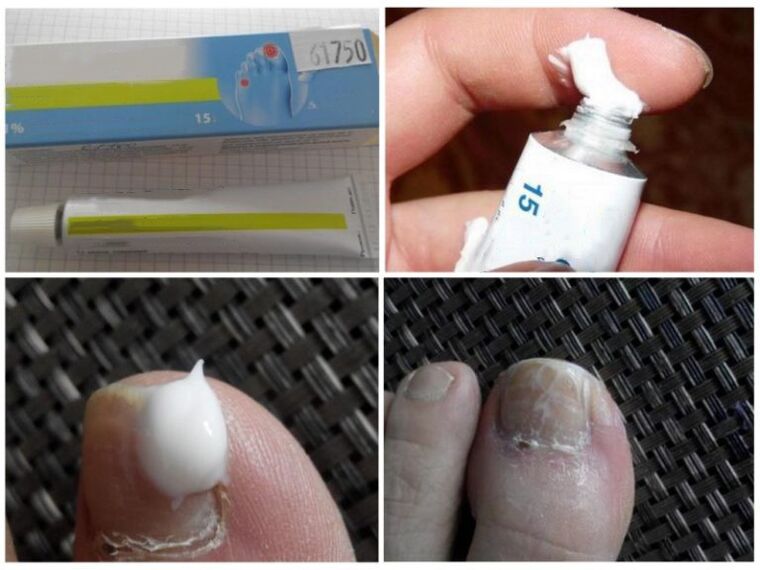
Generally, the funds listed will be effective in the initial stages of onychomycosis-if the damage caused by fungal microorganisms does not exceed 2/3 of the area of 1-2 toe nails. In other cases, local treatments will be given to combat the disease.
The use of varnish and antifungal cream has its own characteristics-in order to accelerate the penetration of the active ingredients of the drug from the inside of the fungus, preliminary preparations are required:
- Steaming the affected area of the nails-for example, steaming with a soda salt solution during a foot bath;
- Remove diseased nail parts-for example, using pedicure scissors or files;
- Apply disinfectant;
- Treat with antifungal drugs.
Healthy nails will gradually grow back. However, this requires patience.
Systemic drugs
If a large number of fungal microbes are infected (large lesions, not only infecting nails, but also infecting other parts of the body that have obvious clinical manifestations and complications), the doctor will use systemic drugs. Their goal is to inhibit the growth of fungi and the reproduction of pathogens as much as possible.
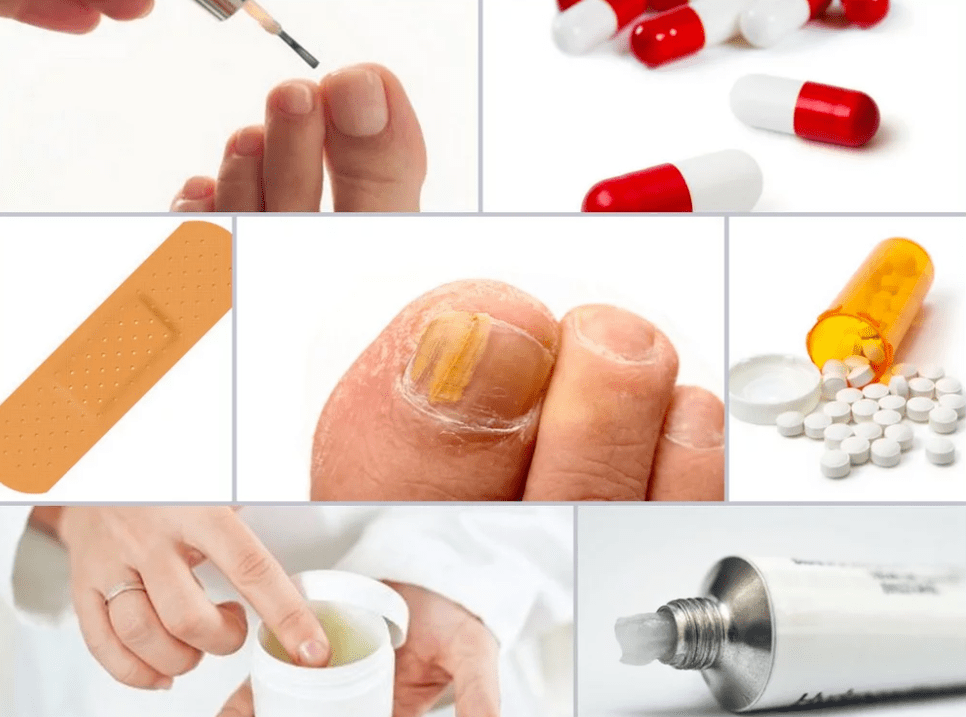
Of course, these drugs have their own advantages:
- Inability to penetrate the capabilities of local organizations;
- Store the concentration of the drug at the place of use for a longer period of time-up to several weeks, even months;
- It saves time and effort, especially when several fungal lesions are used-taking 1-2 tablets per day is enough;
- Cost-effectiveness-usually, a bottle of medicine from the fungus is sufficient for treatment.
Among the shortcomings of antifungal drugs, the doctor pointed out:
- Increased toxicity to the digestive system and the entire patient's body;
- Cannot be used in certain subgroups of patients, such as children, pregnant women and the elderly;
- Certain systemic antifungal drugs can only be lowered into the body under static conditions.
In order to reduce the risk of side effects from taking medications, specialists will prescribe a topical varnish or spray in a short course of treatment (in complex treatments).

List of effective drugs for toenail fungus
For people who do not understand the characteristics and mechanism of the antifungal effects of drugs, it is difficult to figure out which drugs will have the desired therapeutic effect faster. In the arsenal of modern mycologists, there are many effective and proven fungal therapies:
- Anti-fungal varnish.
- It is recommended to use a bactericidal cream to allow the fungus to penetrate the nail shallowly or damage the adjacent soft tissues of the finger.
- Cuticle separator is an excellent alternative to the hard body that removes fungus on the feet and is recommended for a wide range of lesions.
- Systemic antifungal drugs-essential for severe nail fungus.
Self-treatment of mycoses is absolutely unacceptable. The best drug treatment plan for fungal microorganisms should be selected by the doctor. In this case, the treatment will be effective, fast and safe.
Advantages and disadvantages of allylamine subgroup drugs
In the pharmacy network, allylamine subgroup drugs exist in different dosage forms:
- cream,
- pill
- spray.
The drug is an outstanding representative of allylamine subgroup of antifungal drugs. Therefore, it is inherently a powerful antifungal effect on most fungal microorganisms.
When taken orally, the active ingredients of the drug will quickly accumulate in the tissues. At the same time, due to the high concentration of bactericidal drugs in the nail bed, the systemic effect can last for a long time. Due to this function, the treatment time of onychomycosis can be greatly reduced.
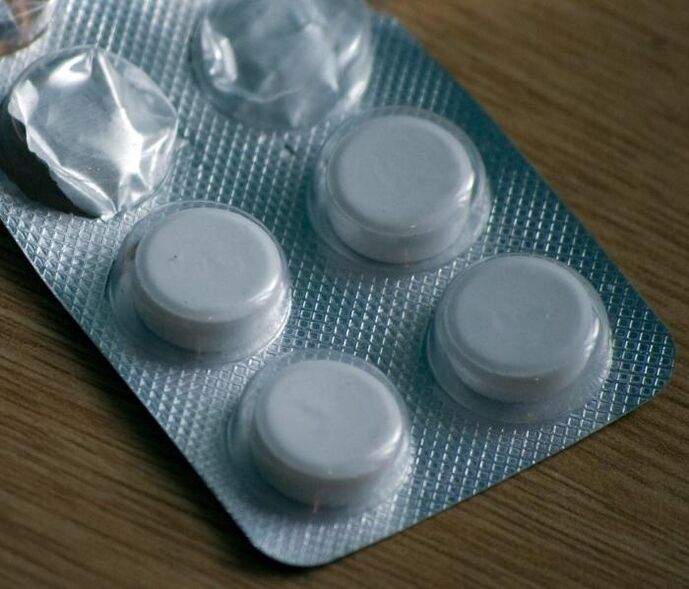
The contraindications are stated in the detailed instructions attached to the manufacturer:
- The human body overreacts to the main ingredients and other ingredients of the drug;
- Infected children-children between the ages of 10 and 12;
- Decompensation of liver cells and kidneys.
Be extra careful, as the fungus is prescribed for people who are prone to allergic diseases. Sometimes, in the context of treatment, adverse effects can occur:
- headache
- indigestion;
- Joint and muscle pain;
- Allergic rash;
- sleep disorder;
- Hair loss.
The cost of the drug will depend on the form of release, the area, and the volume of the bottle.
Features of using terbinafine-based drugs
Mycologists started using terbinafine-based drugs for antifungal treatments because manufacturers produced drugs in many forms-from tablets and solutions to varnishes and sprays. Even in the late stages of the disease progression, this expands the possibility of getting rid of nail fungus.
By choosing the correct antifungal treatment plan, you can see positive results from the end of the second week from the date of using these funds. Spraying the active ingredient in a spray form and taking tablets is considered a particularly successful combination.
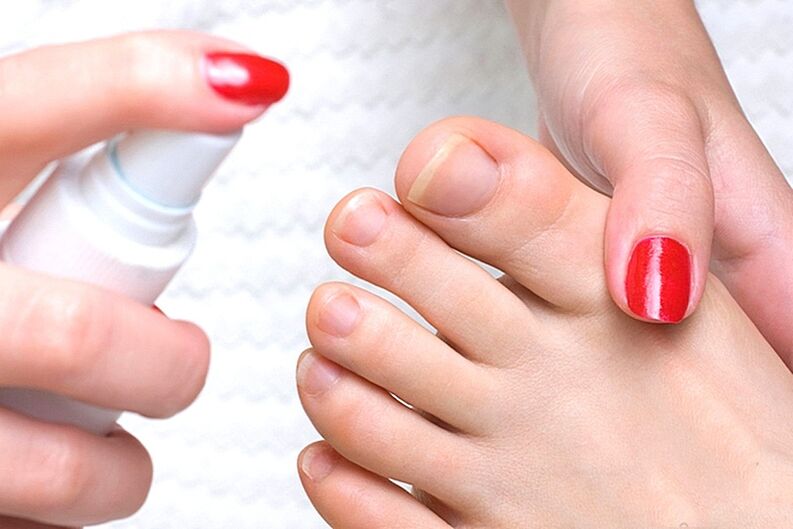
However, the main advantage of this drug against fungi is its extensive topical form. So there are varnishes, ointments and sprays on the shelves of the pharmacy. It is sufficient to apply them point by point, avoiding unnecessary system complications. In this case, the concentration of the active substance remains high for a long time. This allows you to use the medicine not only for treatment, but also for preventive purposes-to prevent reinfection of the nail. Fungal drugs can cause the following extremely rare:
- rash
- Increase local combustion;
- Unpleasant itching after application.
If the tablet form is taken uncontrollably, it may cause dysfunction of the immune system, nervous system, digestive system, and musculoskeletal system.
Fungal treatment based on fluconazole
Modern potent drugs containing fluconazole are usually introduced into antifungal treatment regimens, including in the case of toenail infections, which are largely destroyed by fungal microorganisms. There are two forms-tablets and capsules.
The manufacturer’s instructions detail the best options for the different types of fungi that affect onychomycosis. Since the treatment requires long-term use of tablets, the mycologist will choose the frequency of administration and the duration of treatment according to individual circumstances.
Used in combination with topical forms of antifungal drugs (varnishes, sprays), such drugs will have the desired therapeutic effect in capsules. This can speed up the recovery time many times-the nails become clean and beautiful.
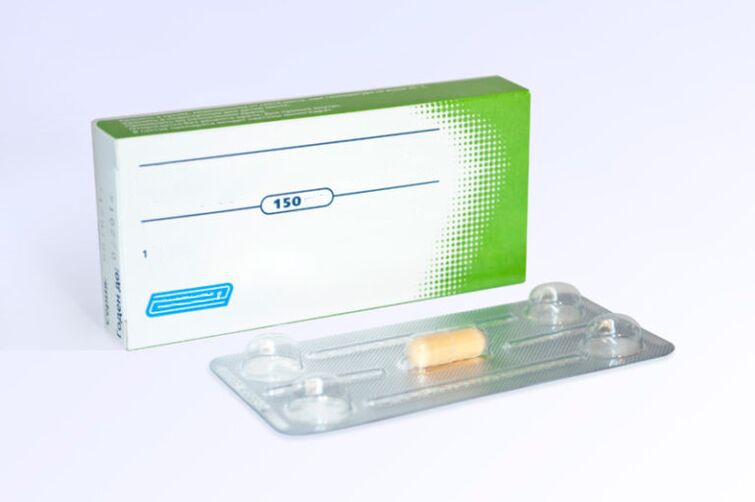
Contraindications of the drug:
- Children under 12 years old;
- In women-the period of intrauterine development of the fetus;
- Lactation period
- Severe dysfunction of liver and renal tubules;
- The individual is overreacting.
The cost directly depends on whether the original active substance is used to produce the tablet. These drugs are quite affordable. And its counterparts may cause significant financial losses.
Alternative therapies for nail fungus
In addition to the advertised antifungal drugs, other drugs can also deal with this disease. Popular among doctors and patients are:
- Preservatives-have significant disinfection and sterilization effects, and such drugs are sufficient to be used once a day for two months;
- Oral freshener with menthol-used in the form of a foot bath, for example, mixed with apple cider vinegar, the duration of the whole process is about 15-20 minutes per day;
- Boric acid products-can remove nail fungus when used correctly.
The success of antifungal on toenails depends largely on the timeliness of starting antifungal treatment. Even a small spot may indicate the penetration of fungal microorganisms into the thickness of the nail plate. It is necessary to handle them in a complicated way-with the help of tablets, ointments, medicinal varnishes.

























